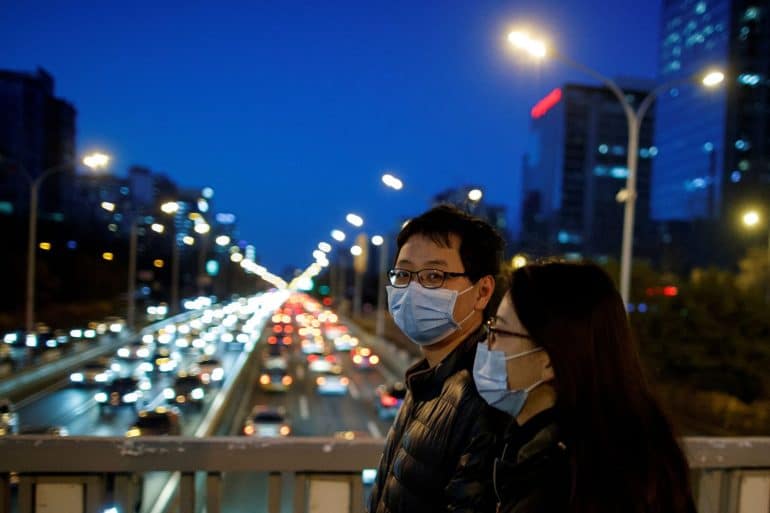Twenty young "pandemic billionaires" were "born" in Asia because of the international backlash against coronavirusAt the same time, 140 million people living on the continent have fallen below the poverty line due to jobs lost during the lockdown, according to Oxfam estimates.
A report by a humanitarian organization states that by March 2021, profits from the sale of pharmaceuticals, medical equipment and services needed to manage the pandemic had turned twenty more people into billionaires. On the other hand, hundreds of millions more plunged into poverty and saw their livelihoods ruined by lockdowns and financial stagnation.
The winners of the pandemic
Hailing from Hong Kong, China, India and Japan, the young billionaires include Li Jianquan, owner of Winner Medical, a company that makes personal protective equipment for healthcare professionals, and Dai Lizong, whose company Sansure Biotech, produces coronavirus tests and diagnostic kits.
The total number of billionaires in the Asia-Pacific region increased by almost a third, from 803 in May 2020 to 1.087 by November last year, while their total wealth increased by 74%, according to the organization's report.
The report also states that the richest 1% of the area owned more wealth than the poorer 90%.
"Outrageous and unacceptable"
Mustafa Talpour, head of Oxfam's campaigns in Asia, said: the benefits of decades of fighting poverty. "
By 2020, an estimated 81 million jobs have disappeared, and lost working hours have pushed 22-25 million people even below the poverty line, according to the International Labor Organization. At the same time, billionaires in the Asia-Pacific region saw their wealth increase by $ 1,46 trillion - enough money for each of the unemployed to receive a salary of almost $ 10.000.
The price for the poor is very high
The coronavirus also had heavy human costs, prematurely cutting off the thread of more than 1 million lives in the area, while countless more deaths occurred as a result of growing poverty and the burden on health systems. The report also notes that women and girls lost their jobs and incomes at disproportionately high rates. Women were also more likely to work in front-line positions, posing a higher risk to their health. In the Asia-Pacific region, women make up over 70% of health professionals and 80% of nursing staff.
In South Asia, people from lower castes have borne the brunt of disinfection work, often in the absence of protective equipment, while facing poverty and discrimination that keep them away from essential health services. The problem has been exacerbated by the pandemic, Oxfam said.
Further increase inequalities
The wealth gap is expected to widen even further. Credit Suisse predicts that by 2025, people holding more than $ 50 million in the Asia-Pacific region will increase by 42.000, while billionaires by 99.000. The number of billionaires is expected to reach 15,3 million by 2025, an increase of 58% compared to 2020. The World Bank and the IMF have said that the coronavirus will lead to a significant increase in global economic inequalities.
Talpour noted: "The political system protects the interests of the tiny rich elite. Governments are constantly failing to work for the benefit of the majority during the pandemic. "It's a moment that required global solidarity, but rich countries and big pharmaceutical companies have chosen to turn their backs on us."
With information from the Guardian
in.gr
